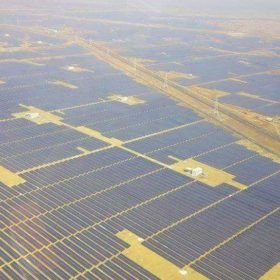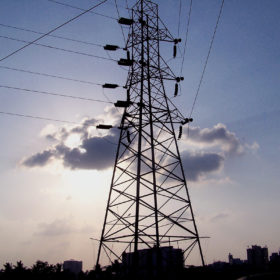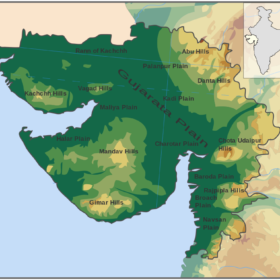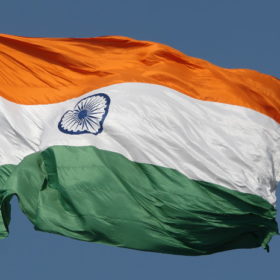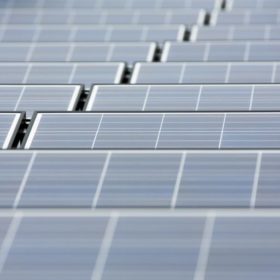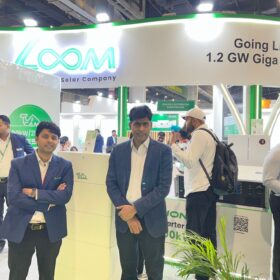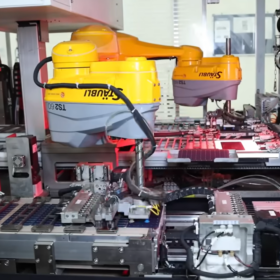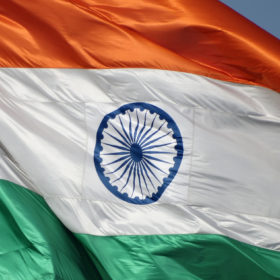Andhra Pradesh targets 5 GW of solar under new policy
Under the new Solar Policy 2018 announced on Thursday, Andhra Pradesh has set a minimum target of 5 GW of newly installed PV power capacity over the next five years.
India floats mega tender of 7.5 GW for Jammu & Kashmir
India’s Solar Energy Corporation of India has invited solar power developers to construct 7.5 GW grid connected projects in Leh and Kargil Districts in the state of Jammu & Kashmir under a competitive bidding process. Bid submission deadline is April 30. Tenders will be opened on the same day. The date of reverse auction will be advised at a later date.
Vikram Solar wins 140 MW solar project from NTPC
The Indian PV module manufacturer and EPC solutions provider will commission the NTPC project at Bilhaur, Kanpur in the state of Uttar Pradesh.
Gujarat tenders 500 MW of grid connected solar capacity
The selection of solar project developers will be carried out through a competitive bidding process followed by a reverse auction. The deadline for bid submissions is January 30.
The year of failed tenders
Tariff ceilings, safeguard duties, a falling rupee and mandated manufacturing capacity turned 2018 into a year of annulled tenders, and no shows by bidders.
2019 PV installations to hit 123 GW, global balance shifting, says IHS
More predictions from IHS Markit reveal that 123 GW of solar PV installations are expected in 2019 – up 18% on the capacity additions expected this year. It also sees a market shift away from China, with two thirds of capacity located elsewhere. The overcapacity situation is also expected to ease.
Haryana: the argument for a rollback of solar incentives
The state has withdrawn its transmission charges waiver for solar projects bigger than 500 MW in capacity. While unhappy developers are protesting, industry experts deem it sensible for the government to apply a limit to – and possibly plan a phased withdrawal of – incentives for the solar sector.
12 GW solar plan shelved
Citing a recent dip in solar tariffs, the central government has withdrawn a plan to install 12 GW of PV capacity – out of total 15 GW envisaged – via the state-owned NTPC Ltd.
MNRE: Preference will be given to domestically manufactured renewable energy products
The Indian Government has mandated that preference be given to domestically manufactured renewable energy products in public procurement. As per the order, 100% of the solar modules for grid-connected solar power projects must be domestically manufactured.
Drones: Gensol to deploy new eyes in the solar sky
With a fleet of nearly 70 drones and a software investment of US$1 million, Ahmedabad-based Gensol Group is rolling out a high-tech digital solution for monitoring solar plants, which aims to swiftly identify problems and reduce downtime.
